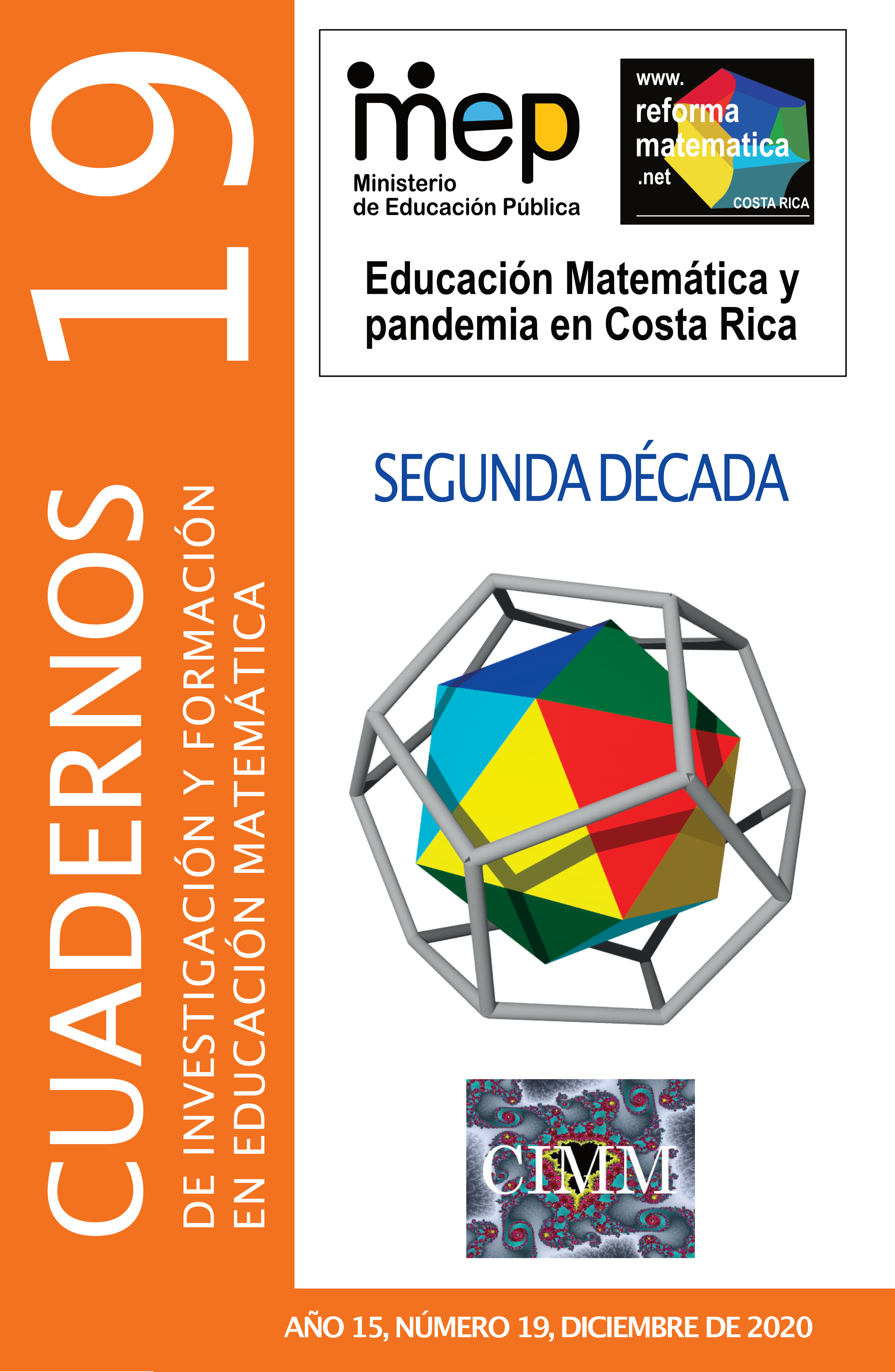Abstract
An assessment is made, and perspectives of the Mathematics Reform are drawn within a national crisis that Costa Rica has been going through since 2020. The origin of this reform dates back to 2010 when the design of a new curriculum began, which was approved by the Costa Rican educational authorities in 2012. The reform is interpreted as a ‘‘quantum’’ leap (strong break with paradigms) in the teaching-learning of Mathematics, with constructs and perspectives articulated within international trends and facing the future. And, to understand its current situation, the meaning of a curricular implementation is conceptualized. Then the strengths and weaknesses of this reform are systematized. A third part summarizes the origin and nature of the national crisis with the special impact of COVID-19, and the seriousness
of the educational crisis it is emphasized. Within the most complicated scenario for education in that country for 40 years, three threats are pointed out for the implementation of the curriculum. Two opportunities are also proposed to support the teaching and learning of Mathematics within this scenario. To conclude, it is suggested to use the Mathematics Reform as a key platform to support national education in this historical crisis.


